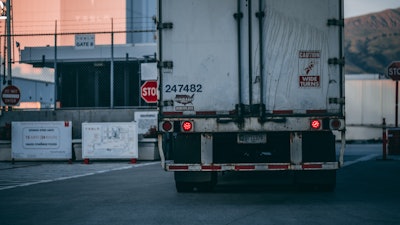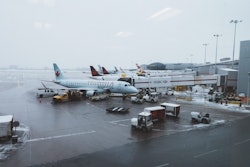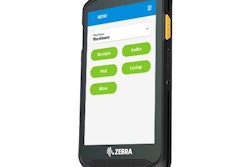
E-commerce has suddenly become the primary sales channel as a result of the Coronavirus disease (COVID-19), and retailers are having to find creative solutions to meet consumer demand for both essential and non-essential goods. With Amazon announcing delays in shipments of non-essential goods in the United States and limits on the quantity of goods retailers can ship, the task of getting products to end-users becomes even more difficult.
Supply chain issues also resulting from COVID-19 complicate things further, but merchants are still tasked with fulfilling orders on time. This means looking into non-traditional fulfillment methods that can provide flexible and cost-effective solutions to the issue at hand. For retailers struggling to find ways to cope with over-forecasted demand, what are some viable options that exist?
The rise of pop-up distribution centers
Pop-up distribution centers, or micro-fulfillment centers, are emerging as one option that can remove significant friction from the fulfillment process and ensure consumers are getting the goods they need in a timely fashion. Pop-up distribution centers can be set up anywhere and help online retailers get their products closer to the customer. Traditional fulfillment strategies often are aligned with costly rollouts and long-term commitments, while pop-ups offer many retailers the flexibility to quickly (and cost-effectively) stand up a distribution center operation in a location experiencing increased demands. This focus on regional fulfillment is crucial in the face of COVID-19 to shorten the supply chain and make sure products are as close to end consumers as possible.
Pop-up fulfillment can be a win-win for brands and consumers. Shoppers are not concerned with what is going on behind the scenes; what they want is the timely delivery of any goods they order, particularly during today's current situation.
Case in point: A report from PwC shows 62% of consumers expect orders to be delivered within two days of purchasing. Pop-up distribution allows brands to route orders more effectively and shorten fulfillment time and distances by strategically stocking inventory at micro-fulfillment centers. Having multiple points of presence ensures business continuity and decreases any lag in fulfillment times.
For specific essential goods, the speed of delivery is vital. Leveraging pop-up distribution centers alleviates peak volumes in concentrated geographies and takes the pressure off the main distribution center. This is a cost-effective way to meet consumer demand in non-typical situations like we currently find ourselves in.
Not a new trend
While an exciting strategy, pop-up distribution centers are not a new solution to the market. Micro-fulfillment has been an existing option for a few different use cases. Primarily, has provided peak relief, particularly around the holiday season. Brands leverage this strategy to divert volume away from the main distribution center and ensure business continuity despite the heavy volume.
As well, brands looking to break into a new region or seeking to have product handy for event support find the low-cost, temporary solutions an ideal option. It is easy to spot the parallels between these scenarios and our current landscape due to COVID-19.
Cleaning up issues in last-mile delivery
Last-mile delivery can be one of the most important segments of the supply chain, and often the one part of the process that consumers come in contact with. However, last-mile fulfillment is often costly and can be inefficient. Experts say last-mile delivery costs represent up to 53% of the total shipment cost. Coupled with unanticipated factors due to COVID-19, streamlining last-mile delivery becomes quite the conundrum for retailers. Enter pop-up distribution centers to shrink the supply chain and get goods as close to consumers as possible. Smarter supply chains will transform last-mile delivery via decentralized warehouses. This means reduced delivery costs for retailers and faster turnaround times for online shoppers.
Originally used as a tactic to weather the storm of peak week e-commerce volume, pop-up distribution centers are starting to emerge as a go-to resource for brands to combat the problems faced by COVID-19 and continue to meet consumer demand despite being, at times, 2-3 times forecast.
By helping brands get products closer to their final delivery station, micro-fulfillment ensures efficient last-mile delivery that keeps customers happy. This shrinking of the supply chain pays dividends for both brands and shoppers and will continue to hold value as we endure the impacts of COVID-19.




![Pros To Know 2026 [color]](https://img.sdcexec.com/mindful/acbm/workspaces/default/uploads/2025/08/prostoknow-2026-color.mduFvhpgMk.png?auto=format%2Ccompress&bg=fff&fill-color=fff&fit=fill&h=100&q=70&w=100)







![Pros To Know 2026 [color]](https://img.sdcexec.com/mindful/acbm/workspaces/default/uploads/2025/08/prostoknow-2026-color.mduFvhpgMk.png?ar=16%3A9&auto=format%2Ccompress&bg=fff&fill-color=fff&fit=fill&h=135&q=70&w=240)




